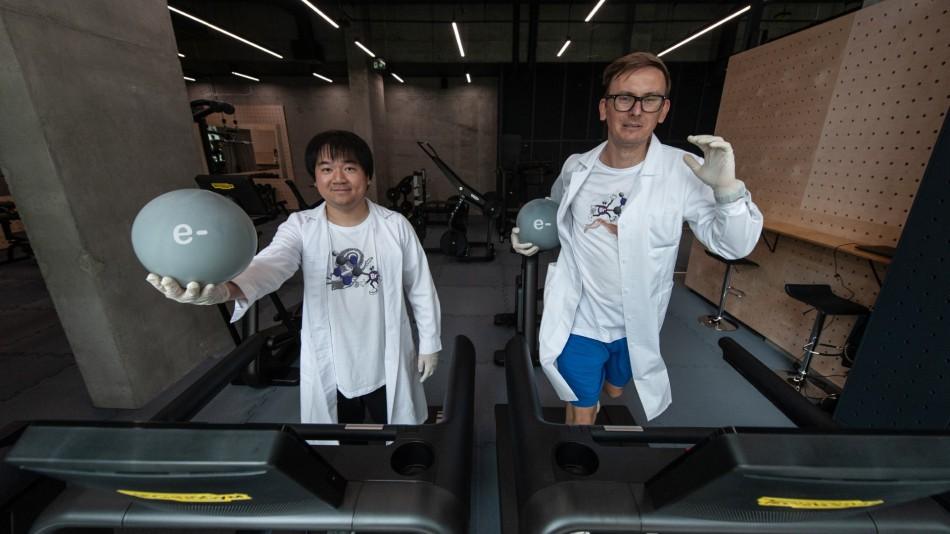An international research team from the Institute of Physical Chemistry of the Polish Academy of Sciences and the Czech Academy of Sciences has studied the mechanisms of hydrogen interaction in molecules. The research results, published in the prestigious Journal of the American Chemical Society, indicate that even small changes in the position of hydrogen atoms can drastically affect the course of chemical reactions.
The research, led by Dr. Dariusz Piekarski (IChF PAN) and Dr. Jaroslav Kočišek (CAS), focused on imidazoles and triazoles—chemical compounds widely used in medicine and agriculture. These substances are employed, among other things, in antifungal and anticancer drugs as well as fungicides that protect crops. Although highly effective, they can enter the environment, causing pollution and the development of resistant fungal strains. Understanding their degradation mechanisms is therefore important not only for science but also for public health and environmental protection.
The team used the dissociative electron attachment (DEA) method to investigate how triazole molecules react upon contact with low-energy electrons. It turned out that the position of a single hydrogen atom can determine how the molecule breaks down—whether a bromine atom is easily detached or whether it engages in more complex interactions, forming stable intermediate forms.
These discoveries open new possibilities in chemistry and materials science, showing how subtle structural changes can be used to control chemical reactions. This, in turn, creates prospects for developing more effective methods for purifying water and wastewater from hard-to-degrade substances, as well as designing more precise drugs.
The research was funded by the National Science Centre (NCN) and the Czech MEYS, OP JAK.






